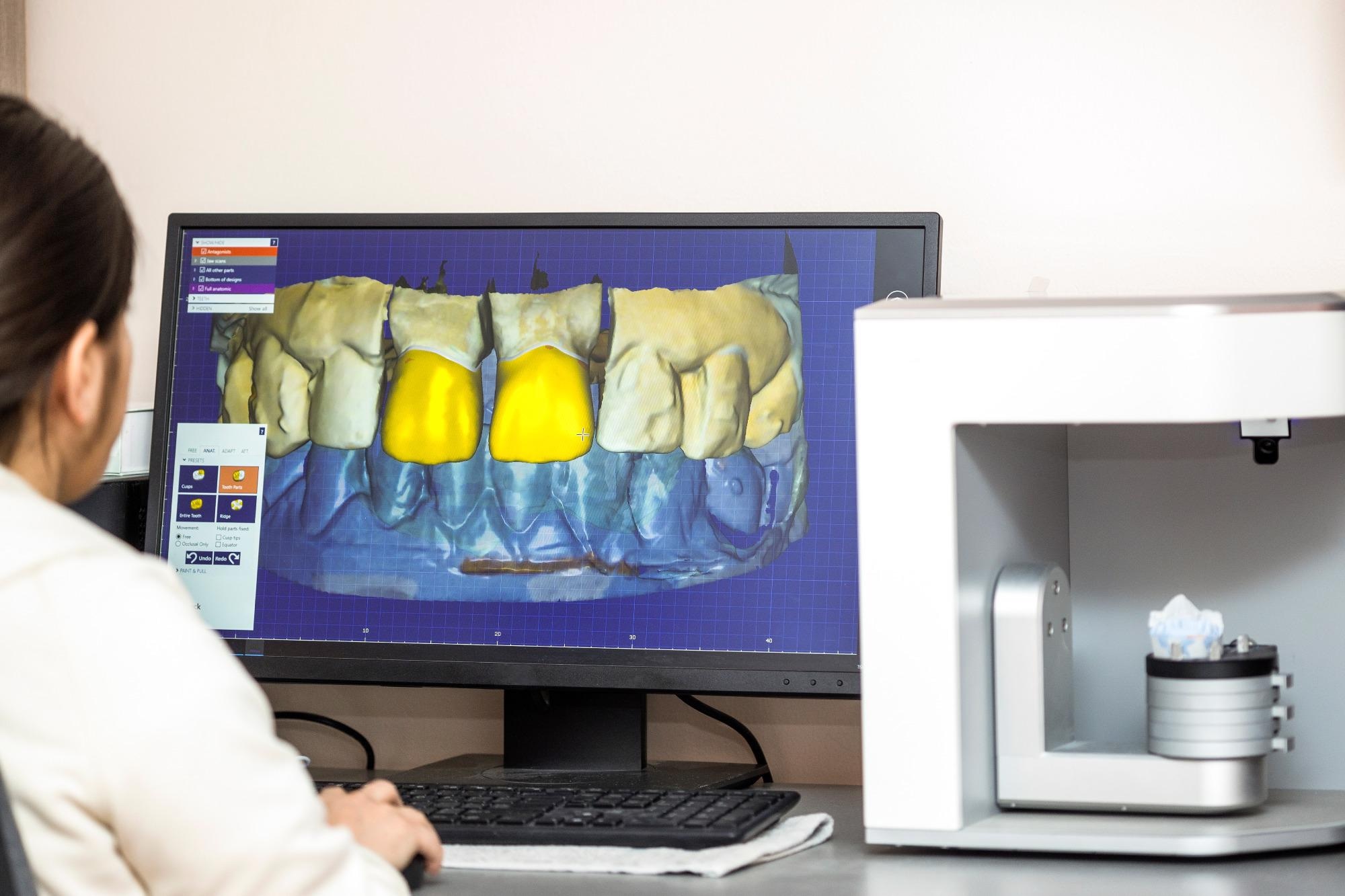In recent years 3D computer-generated images have become a staple in the medical and construction industries, in sports arenas and even in live shows. This has meant that 3D reconstruction has really come into its own and become a powerful tool for people who want to create these types of models - for example, a ride at an amusement park or the top of a tower structure at a business.

Image Credit: Shutterstock.com / bymandesigns
In the forecasted period between 2019 and 2026, the 3D reconstruction technology market is expected to grow 8.1% per year. This article explores some of the applications of 3D reconstruction technology and highlights some interesting developments.
What is computer-based 3D reconstruction technology?
3D reconstruction methods allow the reconstruction of 3D models from images that are much higher in resolution than any comparable prior techniques. The resulting models are often more than 100 times more detailed than those produced by other methods, such as scanning.
3D reconstruction systems are also typically faster and more energy-conserving than other scanning techniques. Their low cost makes them attractive for research and educational purposes, but their practical value is primarily realized in applications aimed at producing high-quality models quickly and cost-effectively for commercial applications.
This technology enables the creation of fully dynamic 3D print models out of thin air. The printed objects can then be used in new applications and widely expanded upon, opening up many new avenues in manufacturing, space exploration, security and many other industries. Computer-based 3D reconstruction technology uses a combination of computer power, specially designed programs and algorithms and high-end visualization software.
What are the benefits of this technology?
The benefits of computer-based 3D reconstruction technology are numerous and far-reaching. Aside from restoring ancient structures and making precise reconstructions of human bodies for museums and medical researchers, it has been used by security agencies to pinpoint locations of bomb blasts within buildings and by law enforcement agencies to help find missing persons. Private companies use the technology to create complete virtual tours of large facilities such as factories or warehouses.
It is now widely accepted that the human body can be scanned using a camera on a smartphone. This provides a realistic and accurate 3D model of the patient at a very small cost. Many medical applications already use 3D scanning as part of their procedures.
Computer-based 3D reconstruction is also transforming the practice of orthopedics. By using computer software, orthopedic surgeons can now achieve a higher level of accuracy in performing procedures than ever before. This technology can create models of the joints that will be freed up for regeneration after an injury or surgery. Or it can help prevent advancement in arthritis by accurately modeling the effects of inflammation and cartilage degradation over time.
What are the recent advances and developments in this field?
Computer-based 3D reconstruction technology involves taking an existing 3D model and converting it into a more accurate digital model. The computer then uses algorithms to simulate the properties of the object as it would be if it were solid, liquid, or gas. New research and innovations in this area are using new programs and technologies to simplify the calculation work and design and also produce better immersive experiences.
In a recent article Jie Liu from Henan Police College notes that new technology, “...enables the experimenter to produce an immersive observation experience similar to the 3D movie version.”
The most promising development in 3D reconstruction is reconstructive surgery. 3D reconstruction, also known as Virtual reconstructive surgery, specializes in using computers to quickly create 3D models of any solid body part or structure to assist in surgical procedures such as the reconstruction of facial bones, teeth, ears and other structures.
The reconstruction process uses a combination of computer-aided design (CAD) technology along with 3D scanning techniques. The resulting models are more accurate than existing surgical scans and reduce the time required to get treatments done.
References and Further Reading
- https://www.ncbi.nlm.nih.gov/pmc/articles/PMC2815947/
- https://www.sciencedirect.com/topics/computer-science/3d-reconstruction
- https://www.sciencedirect.com/topics/computer-science/3d-reconstruction
Disclaimer: The views expressed here are those of the author expressed in their private capacity and do not necessarily represent the views of AZoM.com Limited T/A AZoNetwork the owner and operator of this website. This disclaimer forms part of the Terms and conditions of use of this website.